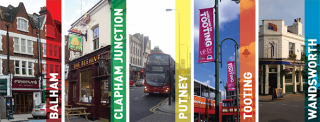
I remain a fan of the Portas Report (PDF). An unfashionable position in a time when it is often belittled and the process appears to have descended into an argument between Mary Portas and the government that commissioned the report.
But questions about the selection of pilots or Portas’ (or her television production company’s) motivation aside the report contains a lot that is good—even though not much is new—and part of the process, much to our surprise, involved giving Wandsworth £100,000.
But the windfall immediately raised the question of what we do with it. Dividing it between our town centres would only give each £20,000, which would not go far, thus was born the idea of a visioning and positioning exercise. While not tangible, it potentially has benefits far beyond £20,000 per town centre.
We are in the middle of the visioning exercise now, with consultations and focus groups already undertaken in each town centre, helping them create their vision and set out their stall in an increasingly competitive age.
The current stage involves as public consultation, via the Wandsworth Town Centres website to establish what local residents think of their town centres and what they want to see it offer.
It has certainly been an interesting exercise. I took part as a local councillor in one of the Clapham Junction focus groups and was surprised at how much people had in common. The focus group I attended, for example, was very much (just one exception) hostile to the use of Clapham to define the area. However, and what surprised me most, was a shared sense—even by those ‘representing’ the road—that the town centre can seem Northcote Road centric and more needs to be done to develop, promote and support other key roads in the centre like Battersea Rise, Lavender Hill and St John’s Road to create a broader and more balanced offer.
Wandsworth rightly has pride in its diverse, and generally strong, town centres, but in a competitive environment we need to make sure they are playing to their strengths and serving their local area not only as retail centres, but also as centres that reflect their communities. Taking five minutes to complete the online survey helps us do that.
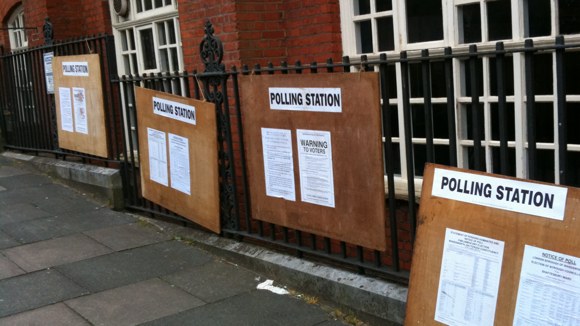
 The council have published the
The council have published the 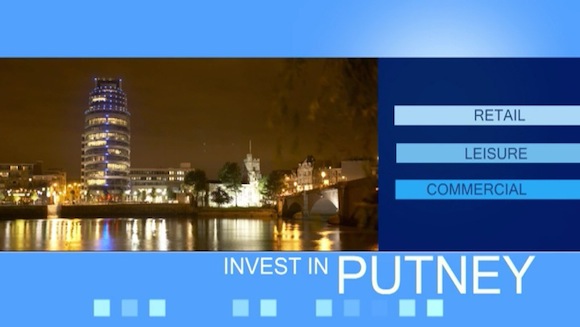
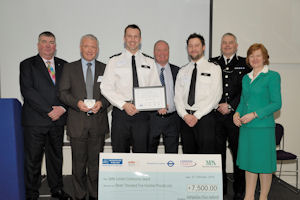
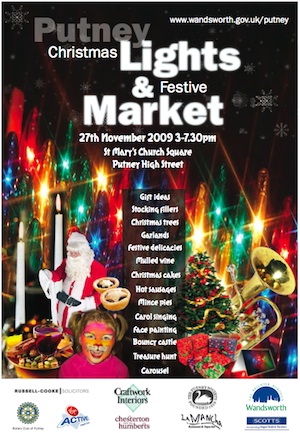 The next of Wandsworth’s town centres to start getting the festive spirit is Putney, who are holding their annual festive market today.
The next of Wandsworth’s town centres to start getting the festive spirit is Putney, who are holding their annual festive market today.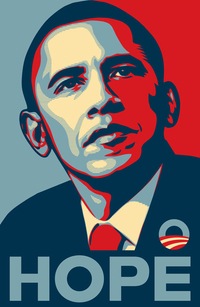 Politics are about hope. Or, at least, the best politics are about hope. Politics can represent a way to find freedom from tyranny, or simply highlight a future with a higher disposable income and more security. Entire campaigns can be run on hope and little else (President Obama’s, for example).
Politics are about hope. Or, at least, the best politics are about hope. Politics can represent a way to find freedom from tyranny, or simply highlight a future with a higher disposable income and more security. Entire campaigns can be run on hope and little else (President Obama’s, for example).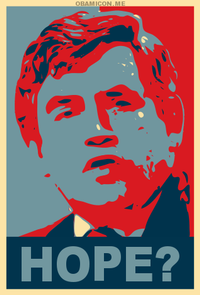 AND AFTER BROWN’S SPEECH… The problem with expressing opinions that are, basically, dependent on a future event, is that if said event let’s you down you are screwed.
AND AFTER BROWN’S SPEECH… The problem with expressing opinions that are, basically, dependent on a future event, is that if said event let’s you down you are screwed.